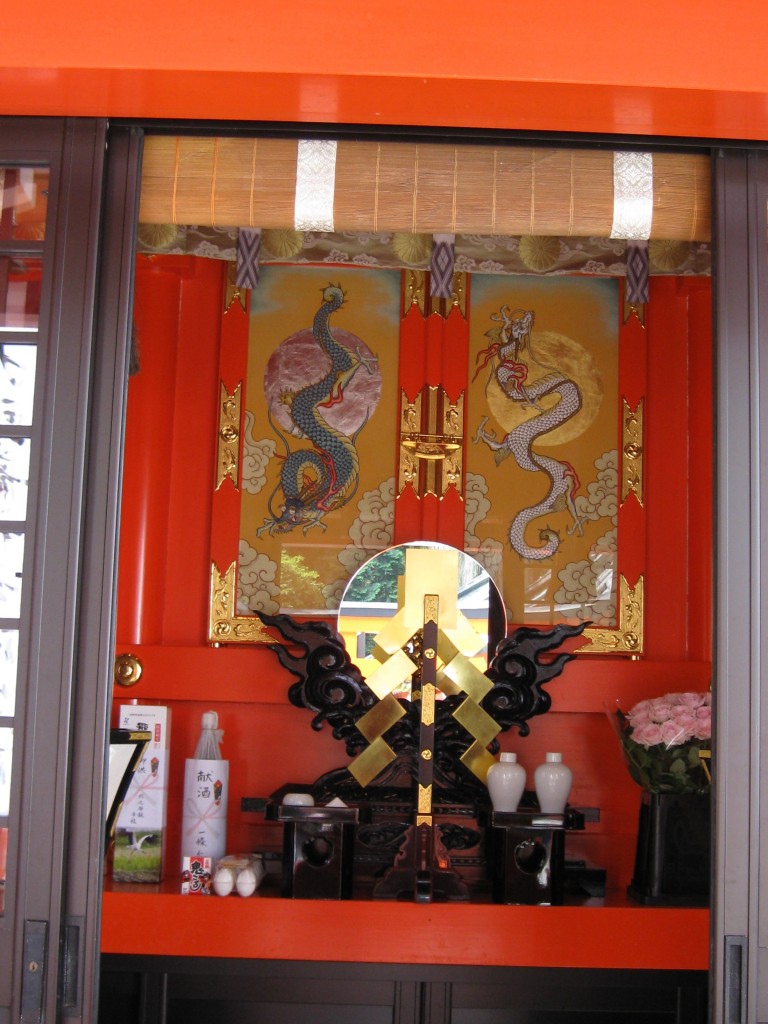
Offerings to the serpent-dragon at the Kuzuryu Shingu altar
One of the most attractive areas in Japan is around Hakone and Lake Ashi. It’s a popular resort in summer, but pleasant out of season when the crowds have gone. Like many lakes in the region, it has shrines whose precincts lead down to the shore. One such is Kuzuryu Jinja, founded by a Buddhist priest.
The mythology of dragons is complex, since they embody so many yin-yang elements and can move freely in air and water. They were not only agents of heaven, but associated with sea-snakes (snakes were seen positively as symbols of rebirth due to casting off their skin). In Japan dragons and serpents are often conflated, as in the picture above.
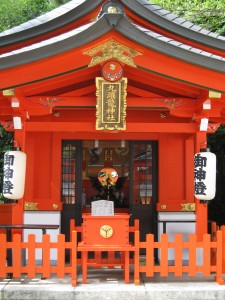
Kuzuryu Shingu at Hakone Jinja
Legend relates that a nine-headed dragon was terrifying people who lived around Lake Ashi. A priest named Mangen built a stone stupa in the lake and the dragon was transformed into the deity Ryujin (Dragon kami). In syncretic fashion the buddhist priest had prayed for aid to the kami at Hakone Jinja, and in gratitude he built his own shrine. It became a centre for Ryujin faith as well as for mountain asceticism (shugendo).
Ryujin faith is not only associated with rain prayers and a good catch for fishermen, but also with agriculture. The Encyclopedia of Shinto says that, ‘The dragon kami s connected with agriculture because of its characteristic as a water kami. Prayers for rain were performed at rivers, swamps, ponds, and deep pools which were regarded as the abodes of the ryūjin. Agricultural rituals, such as prayers for rain and rope pulls, were carried out using a straw rope shaped like a serpent-like dragon.’
At Kuzuryu there’s a ceremony on the 13th of each month to commemorate the quelling of the dragon, and on June 13 there’s an annual festival when scenes are reenacted. Because the original Kuzuryu was relatively difficult to access – it lies 30 minutes walk through the woods – a subshrine was added in recent times to Hakone Jinja which is known, appropriately enough, as Kuzuryu Shingu (Kuzuryu New Shrine).
The water’s edge is often marked by protective shrines in Japan, and tales of serpents and dragons are common. Here at Lake Ashi is one of the most attractive examples, but unlike Loch Ness there’s no mystery to the monster beneath the placid waters. Why not take a visit and see if you can spot Ryujin too?
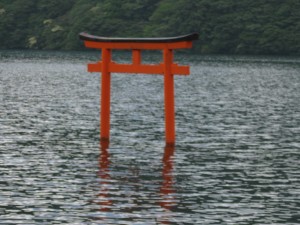
Torii of Kuzuryu Shrine, below
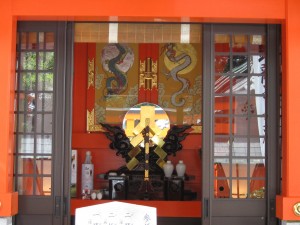
Kuzuryu Shingu altar, at Hakone Jinja
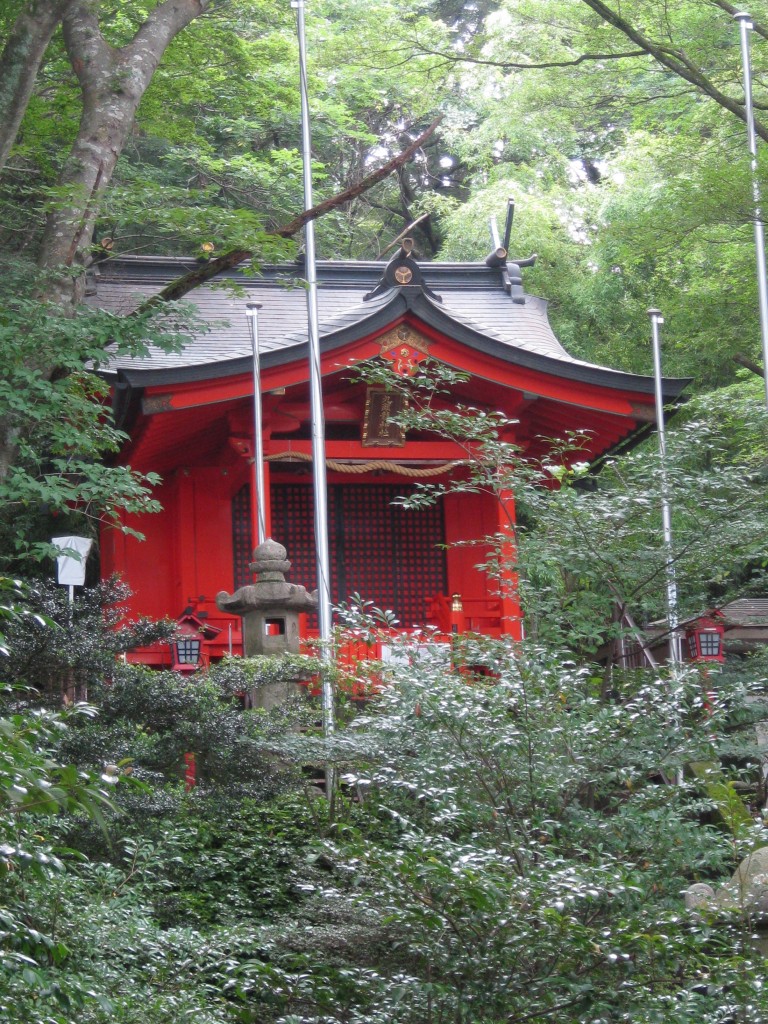
The delightfully secluded Kuzuryu Shrine set in the woods

heeeeeeeeeeeeeeeeeeeeee
Hi! I’m a dragon enthusiast and ALMOST born in the year of the dragon 1989 not 1988 *sniff sniff* I find it interesting that this evil turned good dragon almost is similar to the Yamata No Orochi. Those are my two favorite Japanese legends by far. :) I hope when I do get to go to Japan I will be able to attend the ceremony. (That is if it’s open to tourists). I’m quite saddened that some amazing places and shrines aren’t allowed to be viewed by foreigners. D’: Japan is so beautiful and mysterious. I really want to go there.
Could someone offer the dragons 🐉 sushi for me and light dragons blood insence and pray to the waters for the dragons to appear in the physical world?